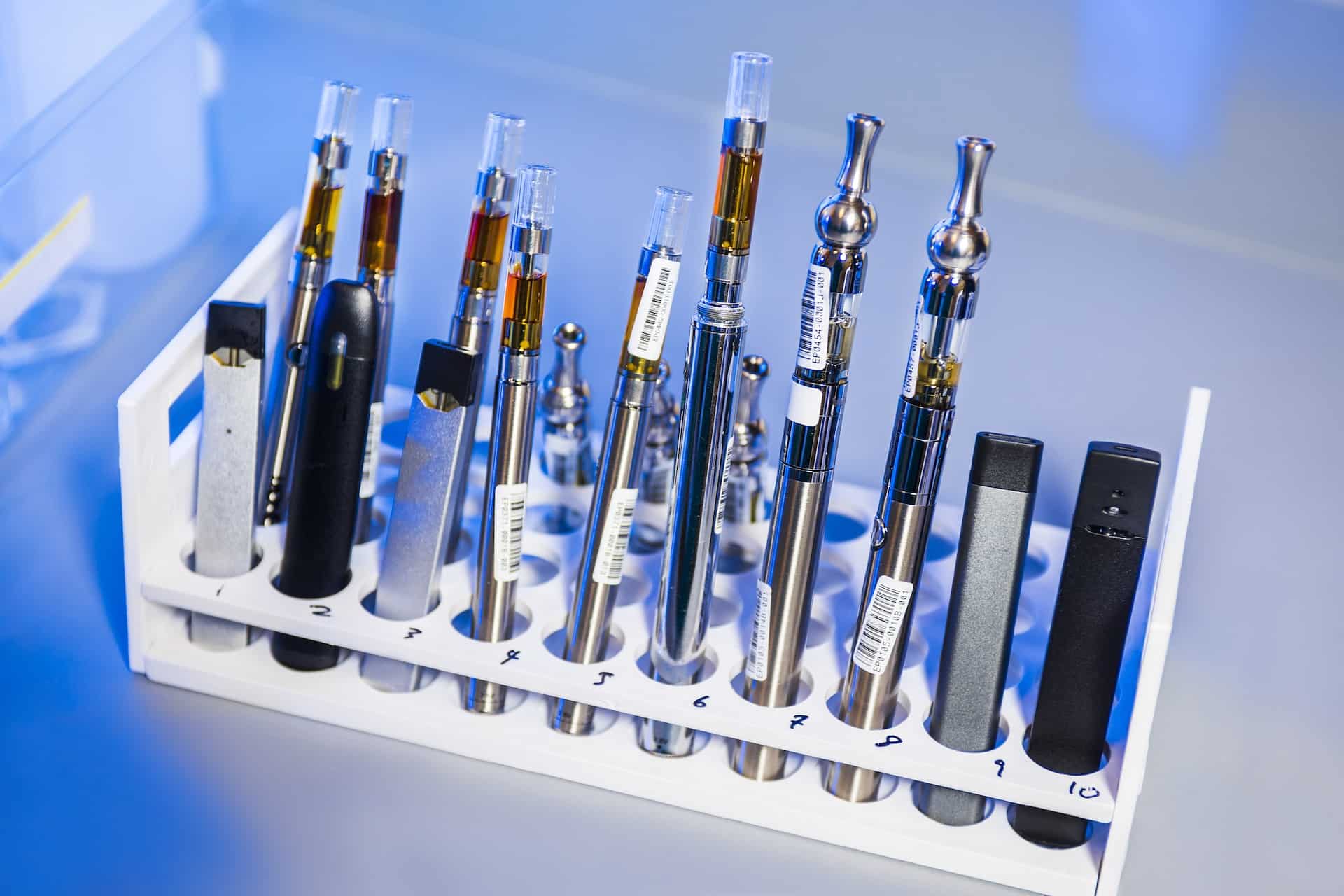The rise of vaping, or electronic cigarette (e-cigarette) use, has introduced a complex challenge to public health officials worldwide. While marketed as a less harmful alternative to traditional tobacco smoking, vaping has generated considerable controversy and debate within the public health community. This article delves into the key aspects of public health and vaping, exploring the potential benefits, risks, regulatory approaches, and the importance of informed decision-making.
Understanding Vaping
Vaping involves inhaling an aerosol produced by heating a liquid, usually containing nicotine, flavorings, and other chemicals, through an electronic device. Unlike traditional cigarettes, vaping does not involve the combustion of tobacco, which produces harmful tar and numerous toxic chemicals. Advocates argue that vaping can be a harm reduction strategy for smokers who are unable or unwilling to quit using nicotine altogether.
Potential Benefits
- Reduced Harm: Vaping is generally considered less harmful than smoking traditional cigarettes due to the absence of tar and combustion-related toxins. Some studies suggest that smokers who switch to vaping may experience health improvements.
- Smoking Cessation: Vaping can be a tool for smoking cessation. E-cigarettes provide smokers with a nicotine source without the harmful chemicals found in tobacco smoke, making it potentially easier for them to quit.
- Fewer Secondhand Risks: Vaping produces fewer harmful chemicals in secondhand aerosol than traditional cigarette smoke, reducing risks to bystanders.
Potential Risks
- Health Concerns: While vaping is less harmful than smoking, it is not without risks. Long-term health effects are still being studied, and some concerns have emerged, including lung injuries associated with vaping, known as EVALI (E-cigarette, or Vaping, Product Use-Associated Lung Injury).
- Youth Appeal: The flavored e-liquids and marketing strategies of some vaping products have drawn young people to start vaping. This raises concerns about nicotine addiction in a new generation.
- Gateway Effect: There is debate over whether vaping serves as a gateway to smoking traditional cigarettes, potentially increasing tobacco use in the long run.
Regulatory Approaches
Governments worldwide are grappling with how to regulate vaping to protect public health while still offering harm reduction potential to smokers. Some common regulatory measures include:
- Age Restrictions: Implementing strict age restrictions to prevent underage vaping.
- Flavor Bans: Banning or restricting the sale of flavored e-liquids to reduce their appeal to youth.
- Product Standards: Establishing safety and quality standards for e-cigarette products.
- Health Warnings: Requiring prominent health warnings on packaging and in advertisements.
- Taxation: Applying taxes to vaping products to discourage use and generate revenue for public health initiatives.
Informed Decision-Making
Public health officials must navigate a delicate balance between protecting Public Health and Vaping supporting harm reduction. Decisions about vaping policies should be grounded in robust scientific evidence. Ongoing research is crucial to better understand the long-term health effects of vaping and to inform evidence-based regulations.
Conclusion
Public health and vaping are inextricably linked in the pursuit of reducing the harms associated with tobacco use. While vaping offers potential benefits as a harm reduction tool, it is not without risks, particularly when it comes to youth initiation and long-term health effects. Striking the right balance through evidence-based policies and regulations is essential to safeguard public health in the face of this evolving challenge. As we continue to gather data and insights, informed decision-making will be key to addressing the complex issue of vaping and its impact on public health.



